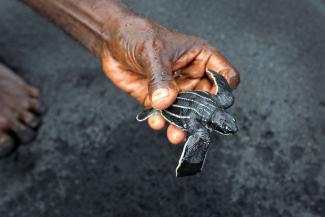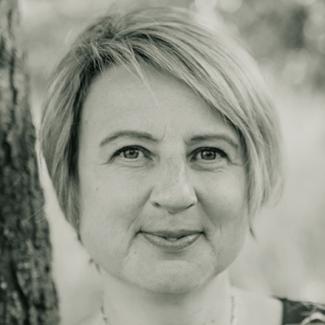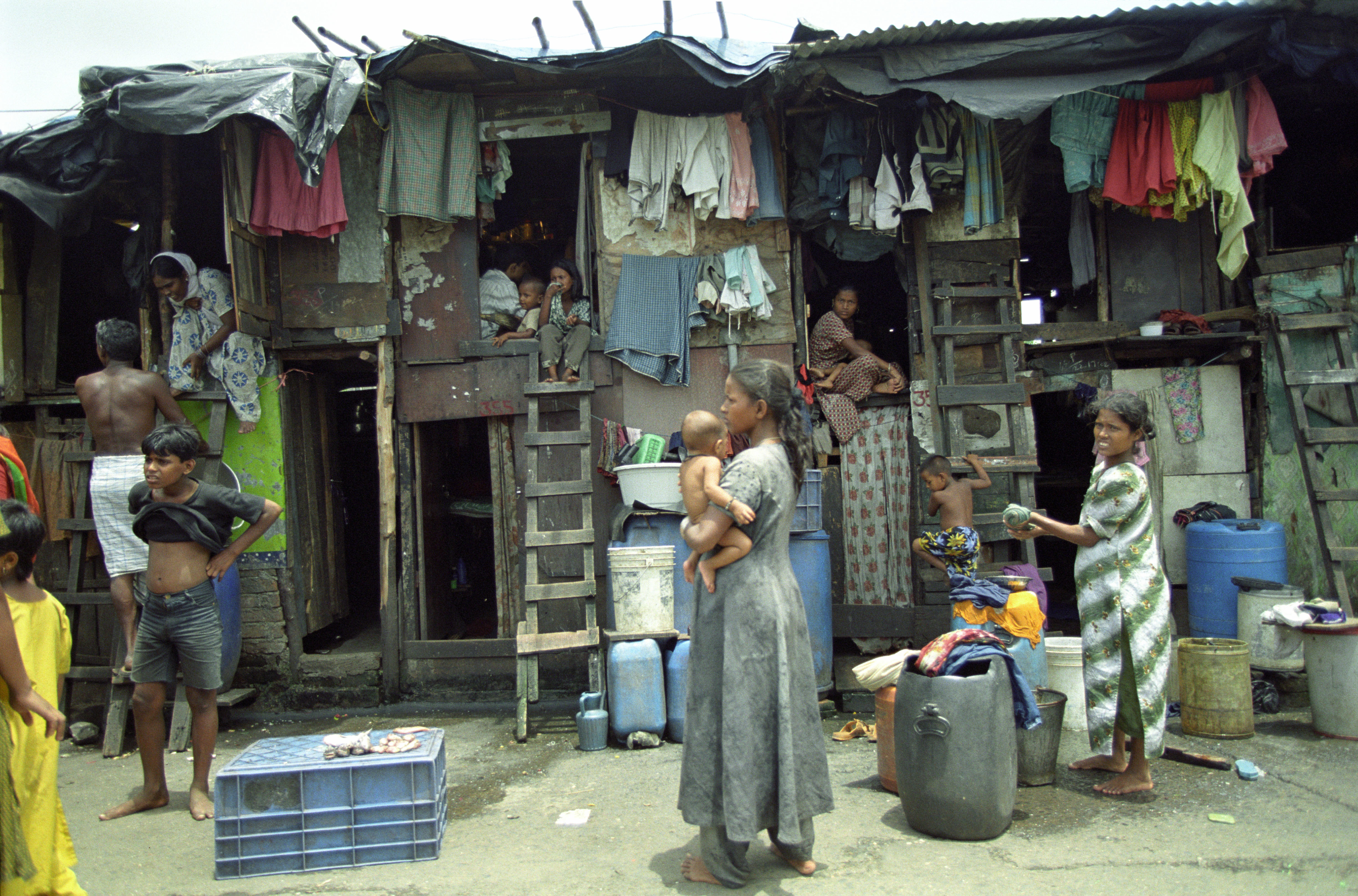Blue Action Fund
Funding ocean protection

Blue Action Fund reports that it has so far invested €43 million in 17 projects (see my article on www.dandc.eu), designating or securing more than 350,000 square kilometres of marine protected areas (MPAs). This has directly benefited more than 225,000 people on the coasts of Africa, Latin America, Asia and the Pacific. Beneficiaries include fishermen, MPA management teams and other users of marine resources.
The projects that Blue Action Fund (BAF) supports are responses to the global environmental and climate crisis. They include initiatives combating the dramatic decline in marine biodiversity, increasing resilience to climate change and creating sustainable livelihoods for local communities.
The foundation emphasises that the world's oceans have huge potential for mitigating climate change. However, less than 1% of global Official Development Assistance is currently used to fund marine conservation, says BAF and aims to “close this massive funding gap”. Established by the German Federal Ministry for Economic Cooperation and Development (BMZ) and KfW Development Bank, it receives additional funding from the governments of Sweden, France and Norway as well as the Green Climate Fund.
One of the projects funded by BAF is the Primeiras and Segundas Environmental Protected Area (PSEPA), which stretches along 200 kilometres of Mozambique's coast. The marine area encompasses coralline islands with uniquely rich marine fauna and mangrove forests that provide valuable ecosystem services. According to the BAF report, environmental organisation WWF uses the funding – totalling € 3 million – for measures to protect the PSEPA and to create new livelihoods for coastal fishing communities.
WWF is working with government authorities and local stakeholders to establish a functioning marine management structure. This includes deploying “community rangers” to monitor compliance with the rules. BAF reports that the number of rangers has been increased from 9 to 24. They are tasked, among other things, with preventing illegal fishing, poaching and mangrove cutting.
These activities are a major problem in the coastal region and are largely driven by local poverty, the report says. The WWF project is therefore also designed to promote sustainable fisheries management practices and raise awareness of sustainable management in local communities. The organisation has established 77 Farmer Field Schools in 19 communities as well as 217 Village Savings and Loans groups. According to the report, the latter include nearly 3,000 women – who are a special focus – and have generated savings totalling US $114 452.
In the Farmer Field Schools, locals learn how to protect and sustainably manage fish nurseries and mangroves. This in turn improves fishermen's catches and augments local communities' incomes.
Another marine conservation project supported by BAF is located around Cocos Island in Costa Rica. Situated hundreds of kilometres off the country's Pacific coast, the marine area is home to more than 1,600 species of marine fauna and flora.
BAF reports that a great deal has already been achieved with the €3.7 million funding provided for the Cocos Island project – above all winning the support of national authorities as well as numerous implementing partners. Moreover, the MPA around Cocos Island has been extended by 150,000 square kilometres, which means that more than 30% of Costa Rica's waters are now protected.
Link
Impact Report – 5 Years of Blue Action:
https://www.blueactionfund.org/wp-content/uploads/2022/01/Impact-Report_5-Years-of-Blue-Action.pdf
Sabine Balk is a member of the editorial team of D+C Development and Cooperation / E+Z Entwicklung und Zusammenarbeit.
euz.editor@dandc.eu










